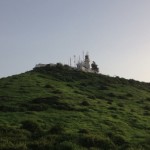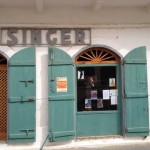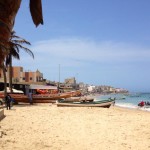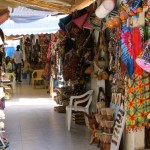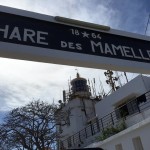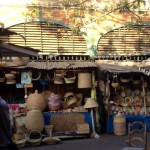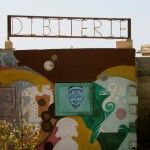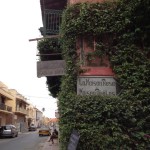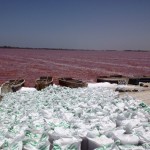Typically, when I tell people I’m flying home, people give my French passport a glance and expect my destination to be my home country. In actuality, my itinerary is very different: going home involves a flight down to Washington D.C. from Logan Airport, a five-hour layover and finally, a transatlantic flight to Dakar, Senegal.
Unbeknownst to many, Dakar is a study abroad option offered by Northeastern’s Global Experience Office. Northeastern is partnered with the CIEE Study Center in Dakar, which is operated in conjunction with Suffolk University’s Dakar campus. The program offers a cultural immersion experience and a course in contemporary Senegalese society and culture — taken in either French or English — which aids students while they take courses to further their French language study and their initiation to Wolof, a language spoken in Senegal, Mauritania and the Gambia. With diverse neighborhoods, cultural traditions and geographical beauty, Dakar, Senegal is an ideal city for students seeking a unique study abroad experience.

To give you some background, Senegal is a country on the West African coast; Dakar, its capital, is considered the westernmost point of Afro-Eurasia. It shares borders with Mauritania, in the north; Mali, in the east, Guinea, in the southeast; Guinea-Bissau, in the southwest; and The Gambia, an enclave, which it engulfs. — I could give you more Wikipedia facts, but instead I’d like to attempt to paint a picture of Dakar, an incredibly active and multiethnic city.
See, in Europe and the United States, in the nineteenth and twentieth century, we had what history textbooks label as the “Industrial Revolution.” The change between a time with candles to a time with smartphones and wireless technology was gradual. However, in Senegal — and most African countries, I suppose, as I have only lived in one and thus can’t vouch for all — the change was explosive, and it is still very visible. The country itself is divided between villages — in a much more rural backdrop, with large sandy and dusty plains and acacia trees — and cities. A very large percentage of the population in urban areas own smartphones and tablets before owning an oven.
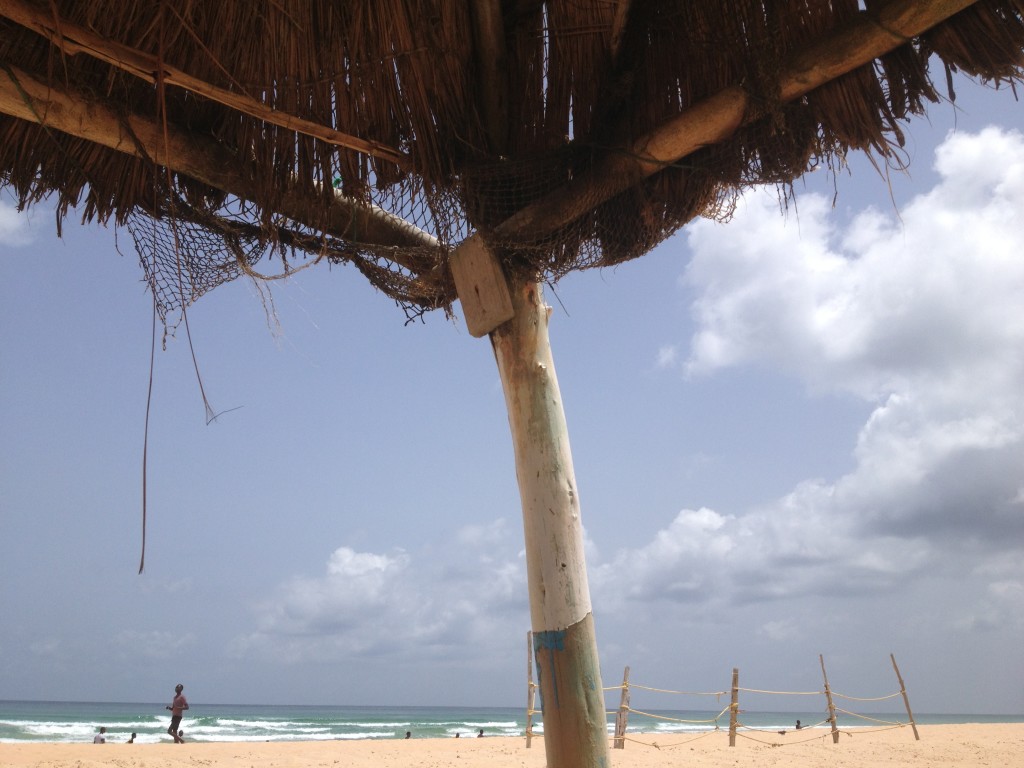
Dakar is divided into nineteen neighborhoods, all different, and all with their own signature atmosphere. I’d tell you that comparing Ngor to Dakar-Plateau or Medina is like comparing the Meatpacking District to the Financial District or Chinatown, but, in actuality, it’s more like comparing Boston to Cambridge — the differences are extremely slight. Once again, that’s due to the rapid growth that Dakar is experiencing. In most of the city, the architecture is signature European architecture from the 1950s and 1960s, with rounded edges and various shades of beige and orange. Here and there, you’ll still have constructions haphazardly made of wood — sometimes painted, sometimes not — and corrugated iron. They stand there as a reminder that a large fraction of the population isn’t able to keep up with the rapid growth of the country.
The city itself can only be described as a hybrid. As you drive from neighborhood to neighborhood, the road alternates between aging asphalt and dusty sand — in certain areas the sand is actually easier to drive on than what would be considered a road in Boston. The modes of transportation also vary drastically, from brand new 4x4s, to the cars rapides (local buses, which are customized by their drivers with bright colours), to black and yellow taxis, to horse-drawn carriages. As you make your way through the city, chances are you’ll pass a few street vendors, whose products will range from peanuts, to phone credit, to electric fans for your home. It seems bizarre at first to see sales being made between a vendor and someone in his or her car at a stoplight, but it all starts to make sense once you realize just how busy the city is. The first image that comes to mind is a large anthill — everyone always has something to do, somewhere to be.

Although tourism isn’t one of Senegal’s main sources of revenue, there are plenty of sights to see, both for their beauty and for their cultural and historical significance. The island of Gorée, for example, is a beautiful island three kilometers, approximately two miles, off of the coast of Senegal. Gorée is characterized by the contrast in its architecture, which varies from stern slave-quarters, to the ominous houses of the slave traders. Indeed, the island harbours a particularly somber past: from the fifteenth to the nineteenth century, the island was the largest slave-trading center on the African coast. Today, the island is classified by the UNESCO World Heritage Center. Its infamous Maison des Esclaves (House of Slaves) and its Door of No Return can both be visited and serve as a reminder of the gravity and the reality of human exploitation.
However, the country is more than just its busy capital. If anything, most of its colonial and natural beauty lies outside of the presque-isle.
Saint-Louis, a city and island north of Dakar, is another one of Senegal’s well-known cities. Crossing the large metallic bridge, which leads into the city and connects the island to the mainland, feels like entering a time capsule, as Saint Louis remains one of the most untouched cities since the colonial period in Senegal. All of the buildings in Saint-Louis date back to the colonial period, and the city itself is barren of the large skyscraper-type buildings which seem to be erected everyday in Dakar, thus giving the city its unique and distinctive appearance and atmosphere.
Another absolute must-see is Lake Retba, commonly known around Senegal as le Lac Rose due to the color of its water, caused by an algae which thrives on high salt content. The surroundings of the lake are picturesque: white salt mounds, terracotta sand-dunes and the pink tones of the lake’s water.
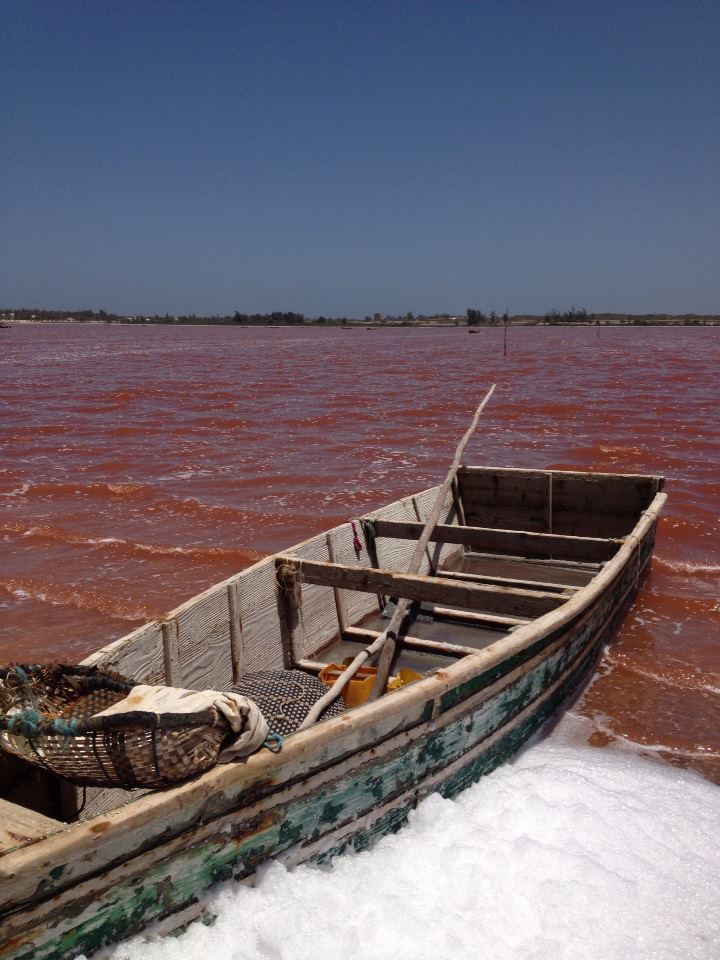
South of the Gambia lies one of Senegal’s most beautiful areas: Casamance, named after the Casamance River, which waters its lush tropical landscapes, rice fields and dense vegetation. Although a conflict between the Senegalese government and a separatist movement rocked the region until a ceasefire called in 2014, it remains a reputable tourist destination. The main city in the area is Ziguinchor. Although not notorious for any major sights, the city’s colourful historical buildings and busy markets exude an age-old provide an atmosphere which dramatically contrasts with the more modern one found in Dakar. Outside of the city setting is Cap Skirring and its wide, sandy beaches, tall palm trees and abundant seaside resorts and, on the banks of the Casamance River, small villages and communities nestled inside the mangrove.
Although a majority of the country has a Sahelian climate, punctuated by a rainy season, the temperatures in Dakar are much easier to live with due to the surrounding Atlantic Ocean, which offers a marine breeze. This also allows Dakar to have a rather dense vegetation in areas where construction hasn’t taken over and allows for the population of Dakar to enjoy being outdoors before sundown. The typical view around five or six in the evening is large amounts of people jogging or stretching on the long stretch that is the Corniche.
Sports are a very large part of Senegalese culture, which boasts one of the most active sports scenes in West Africa. In a society which still very much supports the caste system, becoming an athlete represents a means of social ascendance. Wrestling is a very clear example of this phenomenon. This sport is an extremely popular part of Senegalese culture and, to many, represents far more than just a sport. Wrestlers are elevated to a celebrity status, and their faces often grace many of the billboards seen on the side of the roads in Dakar. Soccer and basketball are also widely popular around the country. In fact, seven out of the ten athletes of the Senegalese delegation in Rio played the latter at the Olympics, less than a week ago.
Ever since its independence in 1960, Senegal has not ceased to grow and today stands as one of the most stable countries in West Africa. Africa in general has and continues to emancipate itself of colonial powers, and today with the plethora of investments being made into the various colorful countries which make up the giant continent and the shift of the economic spotlight onto rising powers, all engines seem to be fired up for a powerful takeoff.
http://www.northeastern.edu/geo/opportunity/suffolk-university-dakar/
